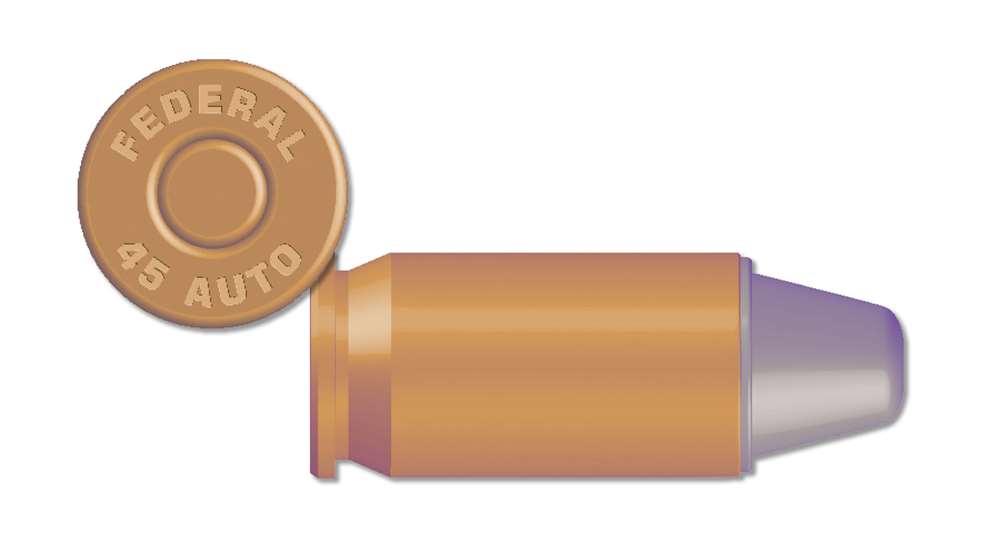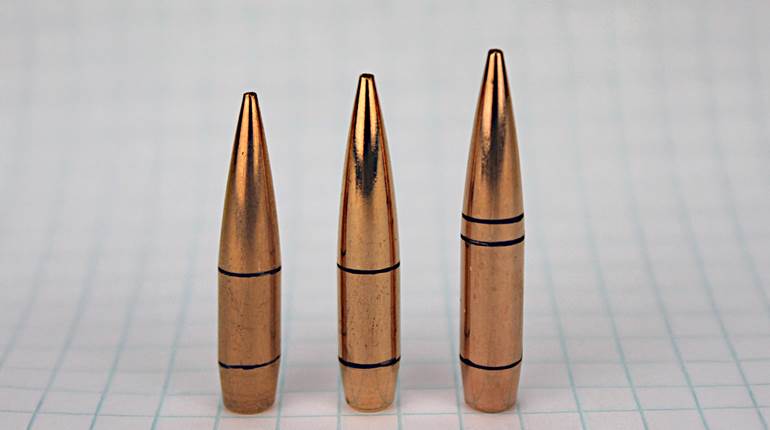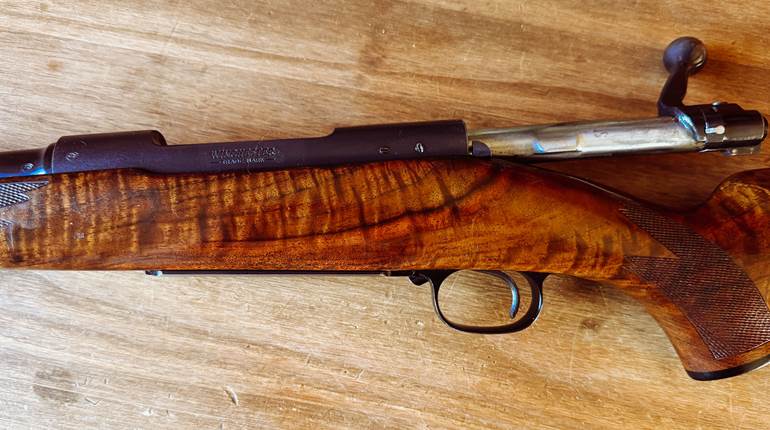
The increasing cost of components has put an emphasis on handloading to achieve the most bang for your buck. Paying attention to the cost of reloading components will compound the savings when you shoot a lot.
There isn’t much you can do about the high price of pistol primers other than cringe while putting down your money. However, magnum primers are required to reliably ignite only a few grains of relatively heavy pistol propellant; standard pistol primers work for everything else and cost about a penny apiece less than magnum pistol primers. Pinched pennies do add up.
 This .45 ACP recipe consists of 4.1 grains of Ramshot Competition. That weight equates to approximately 1,700 rounds per pound at a cost of slightly more than two cents a shot. Velocity averages 896 f.p.s. for a 200-grain bullet, with a standard deviation of 16 f.p.s. across 10 shots. Some propellants, such as HS-6, require twice that charge weight to reach about the same velocity. Other thrifty propellants for the .45 ACP include Ramshot Zip, Winchester Super Target, Alliant Bullseye and Red Dot and Hodgdon Clays and Titewad.
This .45 ACP recipe consists of 4.1 grains of Ramshot Competition. That weight equates to approximately 1,700 rounds per pound at a cost of slightly more than two cents a shot. Velocity averages 896 f.p.s. for a 200-grain bullet, with a standard deviation of 16 f.p.s. across 10 shots. Some propellants, such as HS-6, require twice that charge weight to reach about the same velocity. Other thrifty propellants for the .45 ACP include Ramshot Zip, Winchester Super Target, Alliant Bullseye and Red Dot and Hodgdon Clays and Titewad.
Real savings come from bullet choice; there is little sense in shooting expensive jacketed bullets at targets. Commercially cast lead-alloy or swaged-lead .45-cal. 200-grain bullets cost about a third the price of jacketed bullets. Some lead fouling does accumulate in a bore when shooting swaged-lead bullets, but it easily wipes out.
Bullets I cast myself cost not much more than my time. A large pile of bullets quickly accumulates when casting with a six-cavity Lee TL452-200-SWC mold. No sizing is required because the bullets drop from the mold measuring a just-right 0.452" in diameter. A coat of liquid lubricant on the bullets dries overnight, and then they are ready to load.
During a pleasant afternoon at the range with my .45 pistol, I can be confident that every last bit of savings has been squeezed out of my handloading components.





































